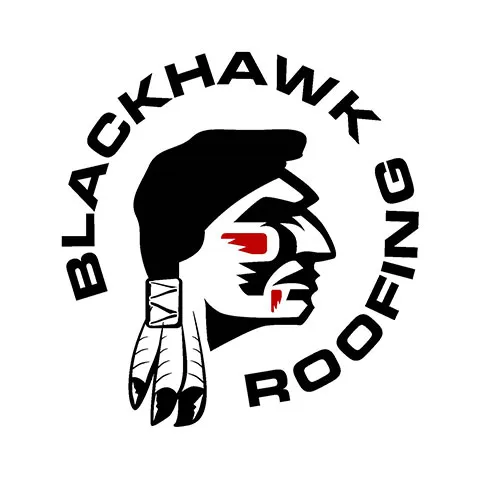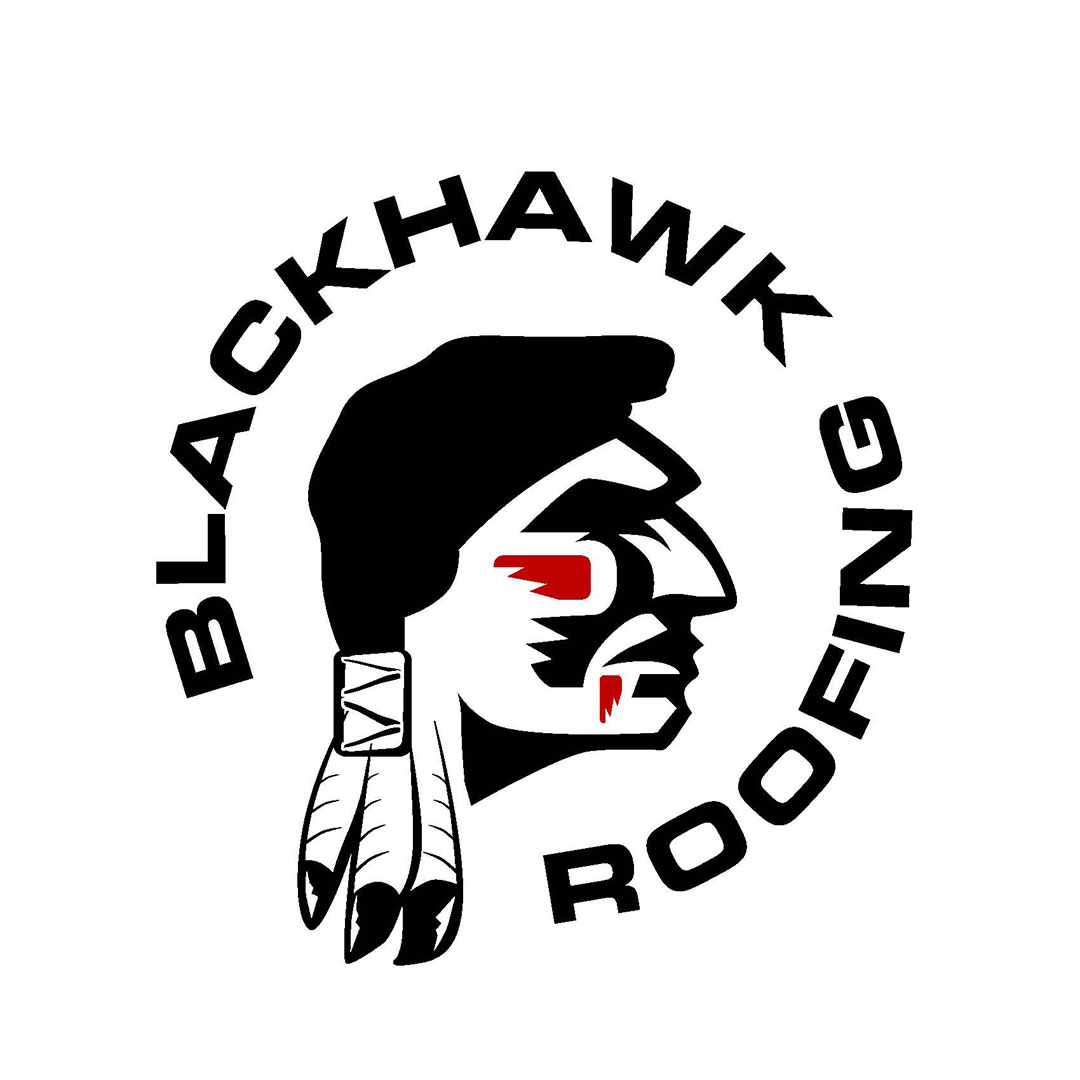
Installing a new commercial roof
Installing a new commercial roof is a crucial process that requires careful planning and execution. This guide explains it step-by-step.


Introduction
Installing a new commercial roof is a crucial process that requires careful planning and execution. From choosing suitable materials to ensuring proper installation, this guide breaks down the process step-by-step to help property owners understand what to expect during this critical process.
A commercial roof is one of the most essential components of any commercial or industrial building. It protects the property from the harsh elements of nature and keeps the occupants safe and comfortable. However, over time, a commercial roof may become damaged or worn out, requiring replacement. Installing a new commercial roof is a complex process that requires careful planning and execution.
Inspection and assessment
Inspection and assessment are critical steps in determining the condition of a commercial roof. During an inspection, a professional roofing contractor will thoroughly examine the roof to identify any signs of damage, wear and tear, or other issues that could compromise the integrity of the roof. This includes exploring the roof’s surface, flashing, seams, and other vital areas.
The assessment process involves evaluating the information gathered during the inspection to determine the best course of action. Depending on the severity of any identified issues, the assessment may recommend anything from simple repairs to a complete roof replacement. The assessment report will typically include recommendations for repairs or replacement, as well as an estimate of the costs involved.
It’s important to note that regular inspections and assessments are critical for ensuring the long-term performance of a commercial roof. Catching and addressing issues early can prevent them from becoming more significant and more costly problems down the line. Many roofing contractors offer ongoing maintenance and inspection services to help businesses stay on top of their roof’s condition and prevent expensive damage or downtime.
Roof design and planning
Roof design and planning are essential to installing or replacing a commercial roof. A well-designed roof can help ensure it performs well over its intended lifespan, protecting the building and its occupants from the elements.
During the roof design and planning phase, a professional roofing contractor will work closely with the building owner or manager to determine the most appropriate roofing materials, slope, drainage, and other key design factors. Factors that must be considered include the building’s location, climate, size, and intended use.
The contractor may also work with architects, engineers, and other professionals to ensure that the roof is designed to meet local building codes and regulations. This may include obtaining necessary permits and approvals.
Once the design and planning phase is complete, the roofing contractor typically creates detailed plans and specifications for the roof installation or replacement. This may include plans for sub-roofing, insulation, and other components contributing to the roof's overall performance.
Overall, effective roof design and planning are critical for ensuring a commercial roof is installed correctly and performs well over its intended lifespan. Working with an experienced and knowledgeable roofing contractor can help ensure your roof is designed and installed to the highest quality and performance standards.
Permitting and approvals
Permitting and approvals are essential aspects of the commercial roofing process. Obtaining the necessary permits and approvals is a critical step in ensuring that the roofing project complies with local building codes and regulations.
The specific permitting and approval requirements can vary depending on the location and the scope of the roofing project. Generally, a roofing contractor must obtain permits from the local building department, which may involve submitting detailed plans and specifications for the roofing work.
Some standard requirements for permitting and approvals may include:
- Building permits are required for most roofing projects and ensure that the project complies with local building codes and regulations.
- Zoning permits ensure that the roofing project complies with local zoning laws and regulations, such as height restrictions and setback requirements.
- Environmental permits. In some cases, roofing projects may require permits from environmental agencies to ensure that the project does not negatively impact the local environment.
- Homeowner association (HOA) approvals:.If the building is part of an HOA, approval may be required from the HOA before any roofing work can be done.
Working with a knowledgeable roofing contractor can help ensure that all necessary permits and approvals are obtained before the project begins. This can help prevent delays and ensure the roofing project is completed on time and within budget.
Removal of old roofing materials
The removal of old roofing materials is a crucial step in the process of installing a new roof. Before the new roof can be installed, the old materials must be fully removed to ensure that the new roof will be secure and properly attached to the building.
The process typically involves a team of professionals who carefully remove the old roofing materials, including underlayment and any flashing or other components. They will also inspect the roof decking to ensure that it is still in good condition and can support the new roof.
During the removal process, it is essential to properly dispose of the old materials to comply with local regulations and to protect the environment. The materials may be recycled or disposed of in a landfill depending on the type of material and local regulations.
Once the old materials have been completely removed, the area will be cleaned and prepared for installing the new roofing materials. This typically involves a thorough inspection of the roof deck to ensure that it is clean and free of debris. Any necessary repairs or replacements will be made before the new roofing materials are installed.
Repair or replacement of roof substrate
The roof substrate refers to the layer beneath the visible roofing materials that provide the foundation and support for the roof. Over time, the substrate can become damaged due to age, weather, or other factors. When this happens, it maybe necessary to repair or replace the substrate before a new roofing system can be installed.
The repair or replacement process typically begins with inspecting the substrate to assess the extent of the damage. If the damage is minor, it may be possible to repair the substrate using patching materials or other techniques. However, if the damage is more extensive, replacement may be necessary.
To replace the substrate, the existing roofing materials must first be removed.This is typically done using pry bars, shovels, and hammers. Once the old roofing materials have been removed, the damaged substrate can be cut away and replaced with new materials.
The new substrate must be carefully installed to ensure a strong and stable foundation for the new roofing system. This may involve reinforcing the substrate with additional materials or adjusting the roof's slope to improve drainage.
Once the new substrate has been installed, the roofing contractors can install the new roofing materials. Proper substrate repair or replacement is essential to ensuring the longevity and effectiveness of the latest roofing system.
Installation of new roofing materials
The installation of new roofing materials is a critical step in the process of installing a new commercial roof. Our team of experienced roofers is trained to install a wide range of roofing materials, including shingles and flat roofing.
First, the roofing materials are delivered to the job site, and the site is prepared for installation. This includes ensuring that the substrate is clean and debris-free and that necessary repairs have been made.
The installation process will vary depending on the roofing material used. For example, if shingles are being installed, the process involves laying down a layer of underlayment, followed by the shingles, and finishing with the ridge cap. For flat roofing, the process involves laying down a base layer, followed by insulation and a top layer of roofing material.
During the installation process, our team works diligently to ensure that every aspect of the installation is done correctly, paying close attention to detail to ensure the roof lasts for many years. We also take great care to ensure that the installation site is kept clean and debris-free so that your property is left in the same condition before we arrive.
Once the installation is complete, a final inspection is conducted to ensure that everything has been installed correctly and that the roof is ready to protect your commercial property from the elements.
Final inspection and cleanup
The final inspection and cleanup phase is the last step of the new commercial roof installation process. During this phase, the roofing contractor will thoroughly inspect the newly installed roof to ensure it meets all the required specifications, codes, and standards.
The inspection may involve checking the flashing, gutters, downspouts, and other roof components for proper installation and functionality. If any issues are found, they will be addressed and corrected before the final sign-off is given.
Once the inspection is complete, the roofing contractor will clean up the job site, removing debris, tools, and equipment. The goal is to leave the site clean and free of any hazards.
At this point, the roofing contractor will conduct a final walk-through with the building owner or project manager to ensure they are satisfied with the work performed. If any issues are identified, they will be addressed and resolved to the customer’s satisfaction.
Once the final inspection and cleanup are completed, the roofing contractor will provide the building owner with any necessary warranties and documentation, including the manufacturer’s warranty and the contractor’s workmanship warranty.
Conclusion
Installing a new commercial roof is a complex process that requires careful planning and execution. From preparing the site to choosing the suitable materials and adding finishing touches, each step must be completed accurately to ensure a successful outcome. By following this guide, property owners can better understand what to expect during the installation process and ensure that their new commercial roof provides maximum protection against the elements.
Blackhawk Roofing has built replacement roofs for thousands of residential and commercial customers in Springfield and Central Illinois. We've also done many hundreds of roof repairs. Blackhawk Roofing provides outstanding value on every project. Call owner Dan Schnell at 217-741-6251 to request a Free Estimate.

Licensed Roofing Contractor
Blackhawk Roofing is a licensed, certified, and insured roofing contractor. We specialize in residential roofing and EPDM commercial roofing. We have repaired or replaced thousands of old and damaged roofs in Springfield and Central Illinois.
Latest posts
Proud to be the best roofing contractor in Springfield





